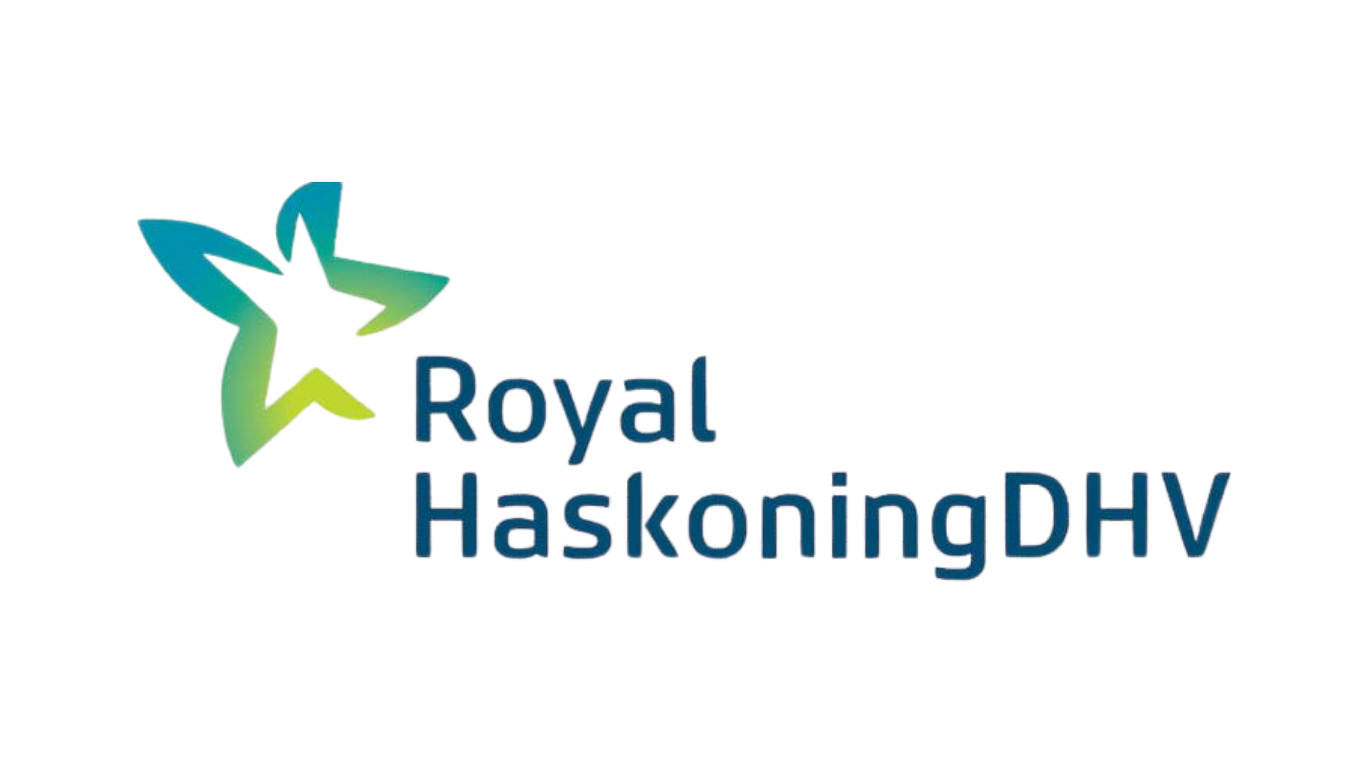This is a transcript of a recorded conversation between Nikolett Szilagyi, Process Engineer and Adam Tank, Chief Customer Officer at Transcend – a software company automating the design of water & wastewater treatment plants. Their conversation involves making sense of a term called fractionation – an important part of designing biological wastewater treatment plants.
Adam
I’m not a wastewater engineer, yet I hear the term fractionation all the time at Transcend. It sounds very scary to me. If you had to explain what fractionation is so anyone could understand it, how would you explain it?
Letti
Fractionation is the translation of wastewater sampling measurements to modeling inputs. When you go to a treatment site, take a sample, and measure COD, BOD, or any other variable you obtain numbers that cannot be handled directly by a simulation software.
If we would like to do a simulation, a method which usually provides much more accurate results compared to any other design method, we need to translate these numbers to fractions and to the state variables inside the model. Translating these measured parameters to the modeling variables (state variables) is called fractionation.
Adam
When I hear fractionation, I hear fraction. Is it literally just taking the treatment operating data and turning it into math so you can model it or is that too simplified?
Letti
It is similar, yes. We are taking the numbers that we have measured. This fractionation is technically a few multiplications and divisions around these numbers with different fractions, which we call ratios. We then combine fractions, ratios, and the measured parameters to get to the modeled state variables.
Adam
Why should someone consider fractionation if they are building a new treatment plant, expanding one or finding a better way to operate a plant? What’s the importance of fractionation?
Letti
Modern math models track a lot more compounds than usually measured (to predict all the important processes along the treatment) at the wastewater treatment facilities. Also, engineers tend to use models for design purposes because of their accuracy. This accuracy is only possible if the translation from measured variables to modeled variables is correct. Fractionation is the bridge between measured data and the model’s internals.
It is worth mentioning that fractionation happens only at the influent points. If it is done properly, the model can track and predict the processes in the whole plant. Therefore, a fractionation needs to be as precise as possible to determine the model’s predictions.
Fractionation – since we expand the dimensionality of our data, i.e., from 10 numbers we create to 60 other numbers needs to be done carefully considering industry standards and accumulated relevant experience.
It is also important to emphasize that these measured compounds are incorporated in modern mathematical models. These are called composite variables and are usually calculated by the model (so not inputs but outputs).
Adam
How is the Transcend Design Generator (TDG) utilizing fractionation as part of the design process?
Letti
Let’s answer a different question first, how it is done by everyone else? Many process engineers use industry standard simulators. These simulators provide tools which help do the fractionation. These tools are usually Excel files where you can input your measured composite variable (COD, BOD, TSS) and find the typical fractions available for municipal wastewater treatment systems.
Also, you can see the output from the fractionation, the state variables. They also provide some extra calculations to help you understand what your state variables mean. These Excel files are providing you some guidelines on what should be changed so you will have a better match for the variables.
They are providing guidelines, but fractionation with these tools is always a manual process. You must manually fine tune the exact fractions and ratios to be used in that one design. Consequently, the outcome of such a fractionation depends on the experience of the user. This process is automated by TDG. The algorithm integrated in the platform always finds the optimal solution for that specific measured combination of wastewater constituents.
In other words, TDG automates the process of translating real-life measurements to the state variables understood by the model. The algorithm’s optimum is selected so that the resulting fractions stay as close to the industry standards as possible, while still maximizing the match with all the measured variables.
TDG is always consistent. If you are feeding it with the same numbers, it will give you the same output.
Traditionally, in a team of engineers, if every engineer in the team must do the fractionation for the same facility for the same measured parameters, then each of them will decide a little bit differently and your outputs will reflect it. Each output of the model will be slightly different because it was done by another engineer. As a result, this process is much more replicable if automated and your software is always doing the same task for you.
Adam
How would you summarize everything above in just a few sentences?
Letti
Instead of manually fine tuning an Excel file, having separate process decisions from every engineer, and having to retype those values manually in your simulator, all the decision sets and copy pasting are made into the algorithm inside the TDG. The fractionation process is done automatically with no manual decision needed to translate the measured variables to the modeled state variables.








 WWTP Design
WWTP Design  Substation Design
Substation Design  Utility Interconnection Hub
Utility Interconnection Hub  White Label Proposal Generator
White Label Proposal Generator  PFAS Feasibility Study
PFAS Feasibility Study  Booster Station Design
Booster Station Design  Value Discovery Program
Value Discovery Program